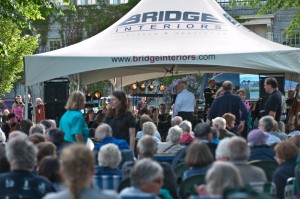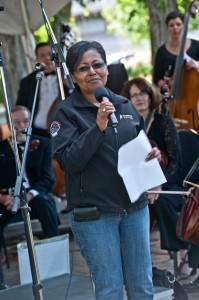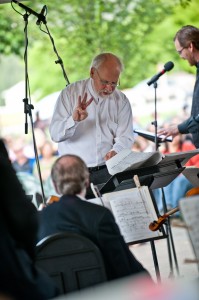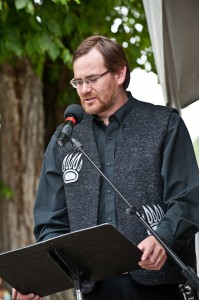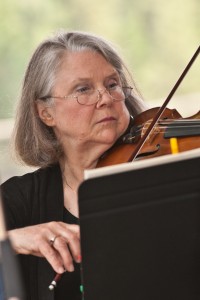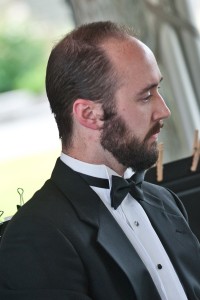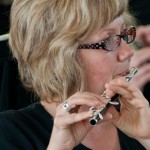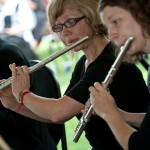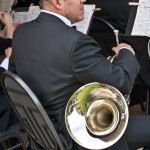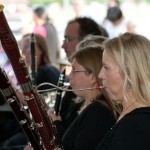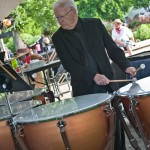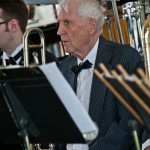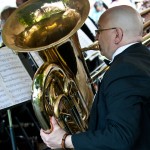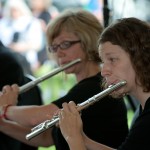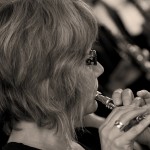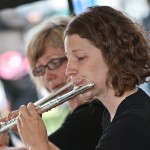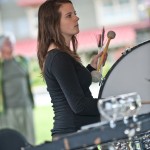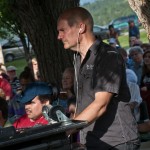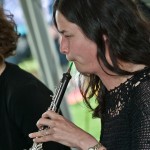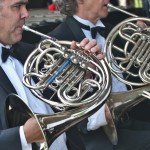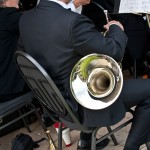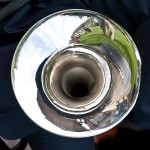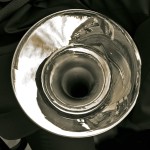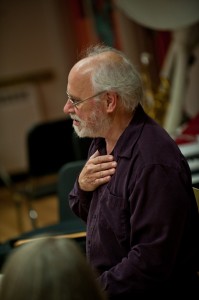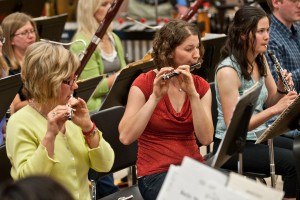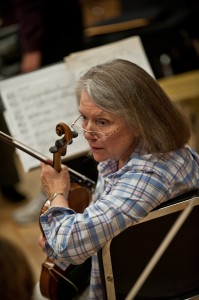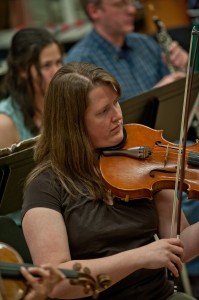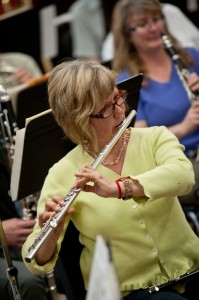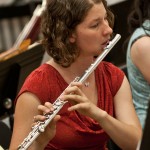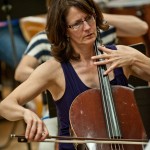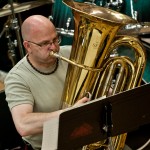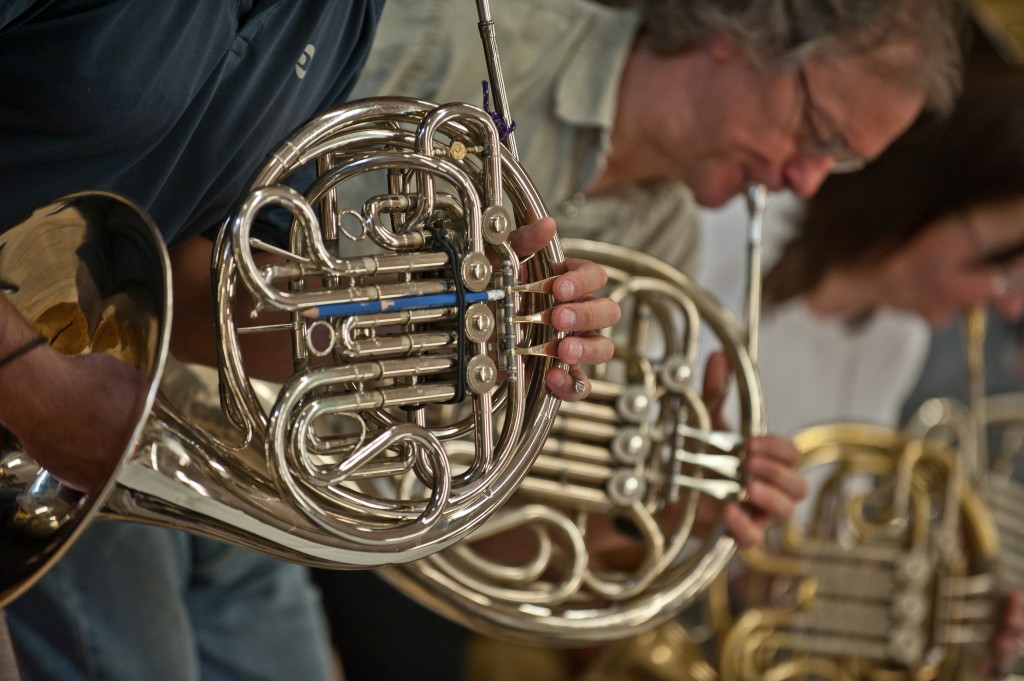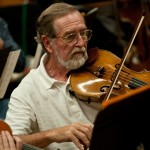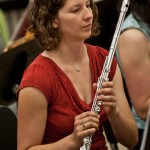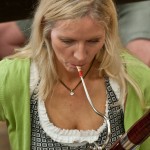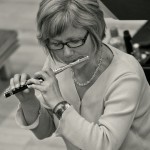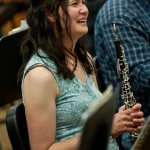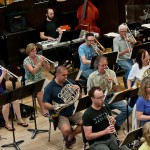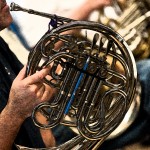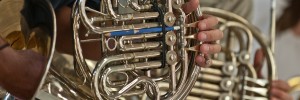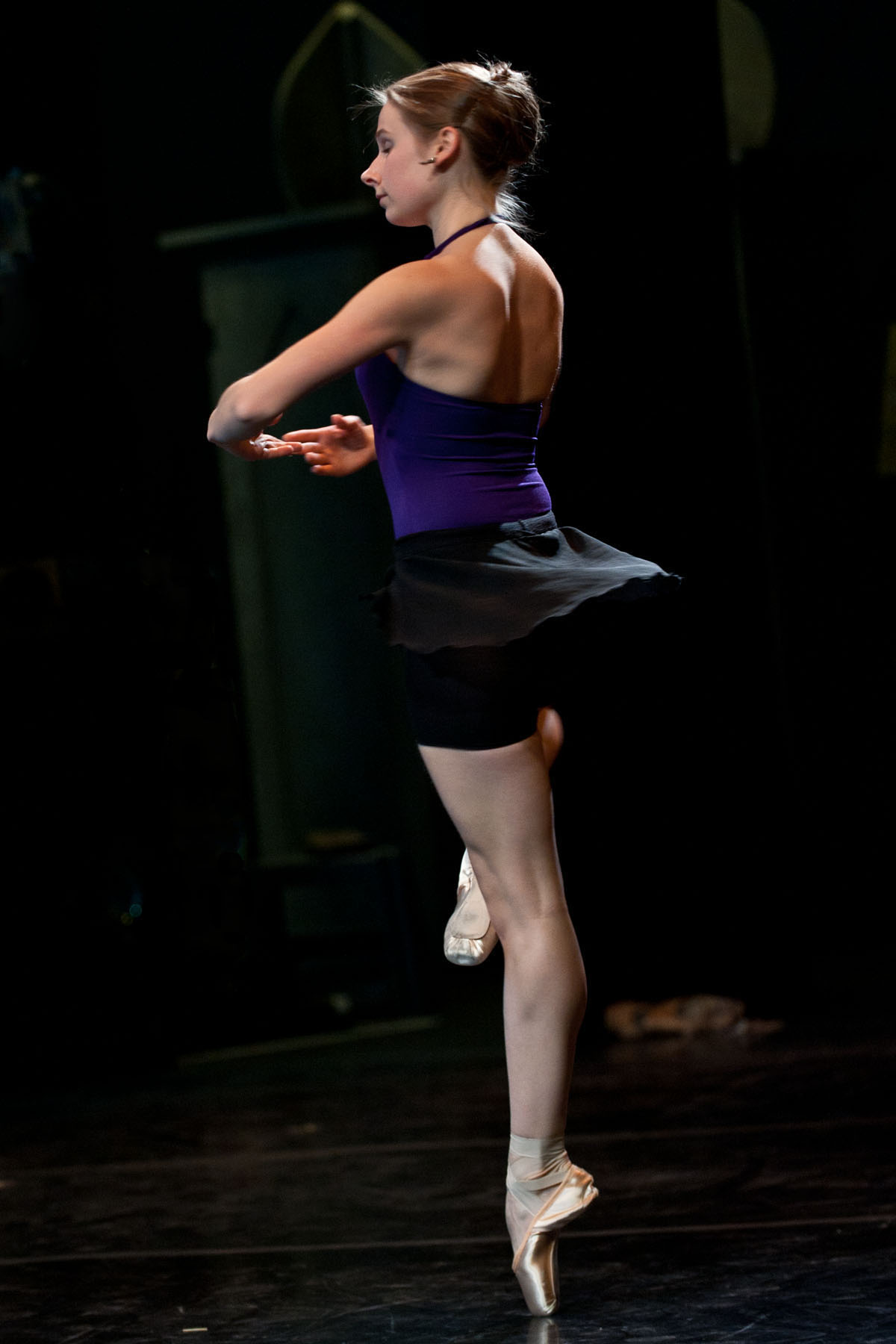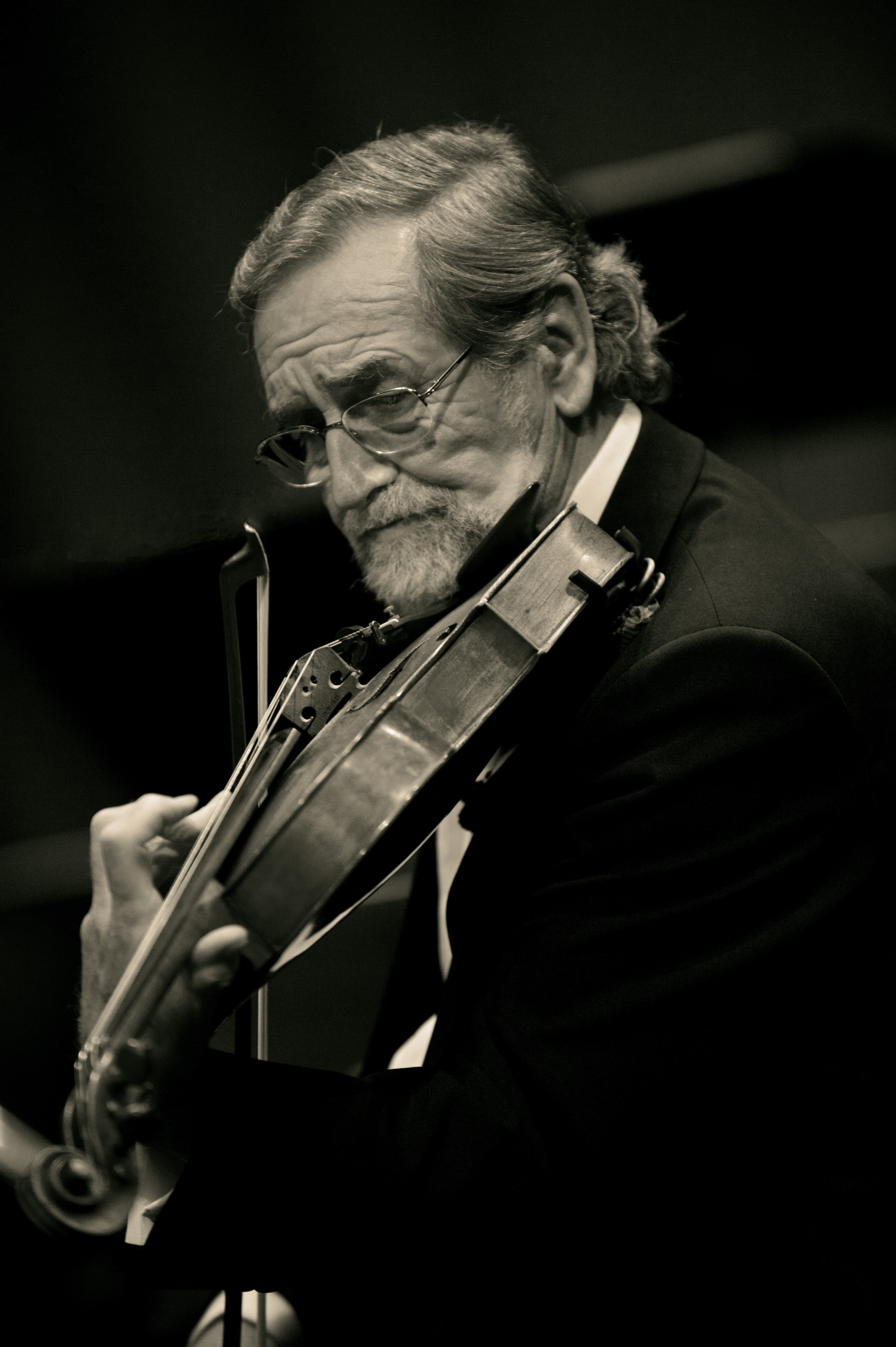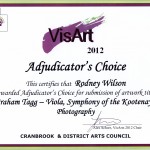UNEXPECTED BENEFITS OF THE DIGITAL AGE:
My son informs me that with the advent of the digital age people fall into two categories. Those that are still into molecules and those that are into bits and bytes. I am afraid I fall into the former group. I don’t own an IPod, I don’t down load (that seems like too much work to me) and I prefer to listen to music without the aid of headphones. Regardless of how loud or obnoxious the music is a set of headphones still tends to put me to sleep. I also need molecules; I need to have something in my hand. It means it exists and won’t disappear when the wrong button is accidently pressed. I like to flip open the CD, peruse the cover art, liner notes and, if included, lyrics are a real bonus.
I have listened to and collected recorded music ever since I was a teenager. I have avoided some, but not all, of the technical missteps. For instance I have never owned an eight track player and I never was a big fan of cassettes. I preferred reel-to-reel tapes (okay, okay, that was a misstep). But having said that I think I have successfully navigated my way though most of the technological changes of the past half century. I even collected 78 rpm recordings at one stage. When CDs came on the market in the early eighties I immediately jumped on the band wagon and have been collecting CDs vigorously ever since. It meant I no longer had to preserve the original recording by transferring the vinyl LP to tape. I was not alone in this somewhat strange pursuit of permanency. Lots of guys, never the ladies, upon the purchase of a prized album would immediately record it onto tape and keep the original, in a pristine and safe condition, stored in some safe place waiting for the eventful day when the car stereo or some other misadventure destroyed the taped copy.
Yes, CDs where the great leap forward. No more static build up, scratches or pops that, for me at least, interfered with my listening pleasure. Now it was just pristine broad band sound. There are luddites around of course who insist that vinyl is, or was, the best recorded sound and by comparison CDs are harsh and ear fatiguing. Ferdy Belland, an expatriate Cranbrook bass player now living in Vancouver, on a recent tour through the area wrote a newspaper article where he claimed it “had been proven” that the physical contact of the needle on vinyl produced a more psychological pleasing sound. That sounds like fantasy to me or at least nostalgia for a bygone musical era. In his article he noted that bands are going back to releasing their material on vinyl. This is partly true but I can’t see it gaining a significant market share. After all who still actually owns a high end turn table. Those of us who lived though the “snap, crackle and pop” era of the 60’s and 70’s have no real need or desire to re-invent that very shaky wheel.
It is kind of ironic that at the height of the vinyl era there was a concerted effort both in recording and play back technology to obtain the best fidelity possible. The quality of one’s stereo system was a measure of self worth. Next to a really hot car it was all that really mattered. Pretty shallow eh! So, as I said, it is ironic that when this purist goal of perfect sound actually came within reach fidelity standards were down graded to accommodate the digital mp3 era. The new goal was capacity and convenience rather than fidelity. Not for me. The CD is a superior storage media with better quality sound. Despite early claims, they are not indestructible, but with minimal care can be relied on to last for at least my life time or what little there is left of it.
And yet there is a hidden plus side to this push to the lower mp3 standards and the constant quest for over capacity. The president of ARCHIV (a Classical CD distribution site) recently stated that lovers of classical music are living in a golden era of recorded music. He’s right you know. The major labels, and some of the not so major labels have huge inventories of very high quality material stretching back over 50 years. They are in the process of repackaging and releasing this material at a quality and a price that cannot be matched in the download arena. For instance I recently acquired a 15 CD boxed set of Joseph Haydn’s “The Complete Music for Solo Keyboard” for less than the regular price of 3 CDs (around $60 including shipping). That’s 17 hours of music recorded by Ronald Brautigam on a reconstructed pianoforte. As a musical endeavor and recording project it is mind boggling. A musician, a major interpreter no less, studied, polished and recorded a great chunk of a major composer’s output and released it in a conveniently minimal package. It is not only a startling beautiful recording it is at a price that there is no way you would spend or would want to spend the time and effort to download the inferior product from iTunes. And that is only the beginning of the deluge. I have seen complete box sets of Bach, Haydn, Vivaldi etc. These 150 CD collections have been listed at $150 and I have even seen them on sale for $100. That’s less than a buck a CD. I now rarely purchase single CDs of classical music – the boxed sets are just too good to pass up. And there is the added bonus of the documentation included with the sets that is just not available with an iTune download. That’s more molecules to enhance my listening experience.
Similar things are happening in the Jazz world. The deals may not be as lucrative but there is still a wealth of material out there. The Jazz label Mosaic has been in the market of boxed sets for around twenty years and is producing material that is exemplary in sound quality, documentation and packaging. Most of the material is generally unavailable anywhere else. Everything from vintage recordings of the early giants of the 20s though to the late 60s.The re-mastering and packaging is unbelievably good. These box sets run from around $80 to $180 depending on the number of CDs in the collections. Considering the quality of the material it is still a pretty good deal. Interestingly enough Mosaic still produces and markets high end vinyl sets.
The folkloric, world music and the world of popular music are under represented in this bonanza of recorded material. Most of the pop world is image and celebrity driven and generally not of much musical interest anyway so that’s no great loss. Bad luck about the other non-mainstream material. It is out there, it is somewhat available but unfortunately, comparatively expensive.
So luddites all, enjoy your “snap, crackle and pop” world to your hearts content. Down loaders, if you have the time and don’t care about true high fidelity just go right ahead and plunder iTunes for all its worth. For me I am very happy taking advantage of the current “golden era” of recorded music.
For Classical Music check http://www.arkivmusic.com/classical/main.jsp
For Jazz check http://www.mosaicrecords.com/

